Outdoor guides choose their favourite piece of kit.
We all have a favourite item of gear – one we covet more than any other. For me, it’s a toss between my Meindl boots and MSR Windburner stove – two items that bring a smile to my face whenever I use them (or even think about using them).
But while my gear helps me enjoy my favourite pastime, guides need gear that they can rely on every day. Here are some of the items they never leave home without.
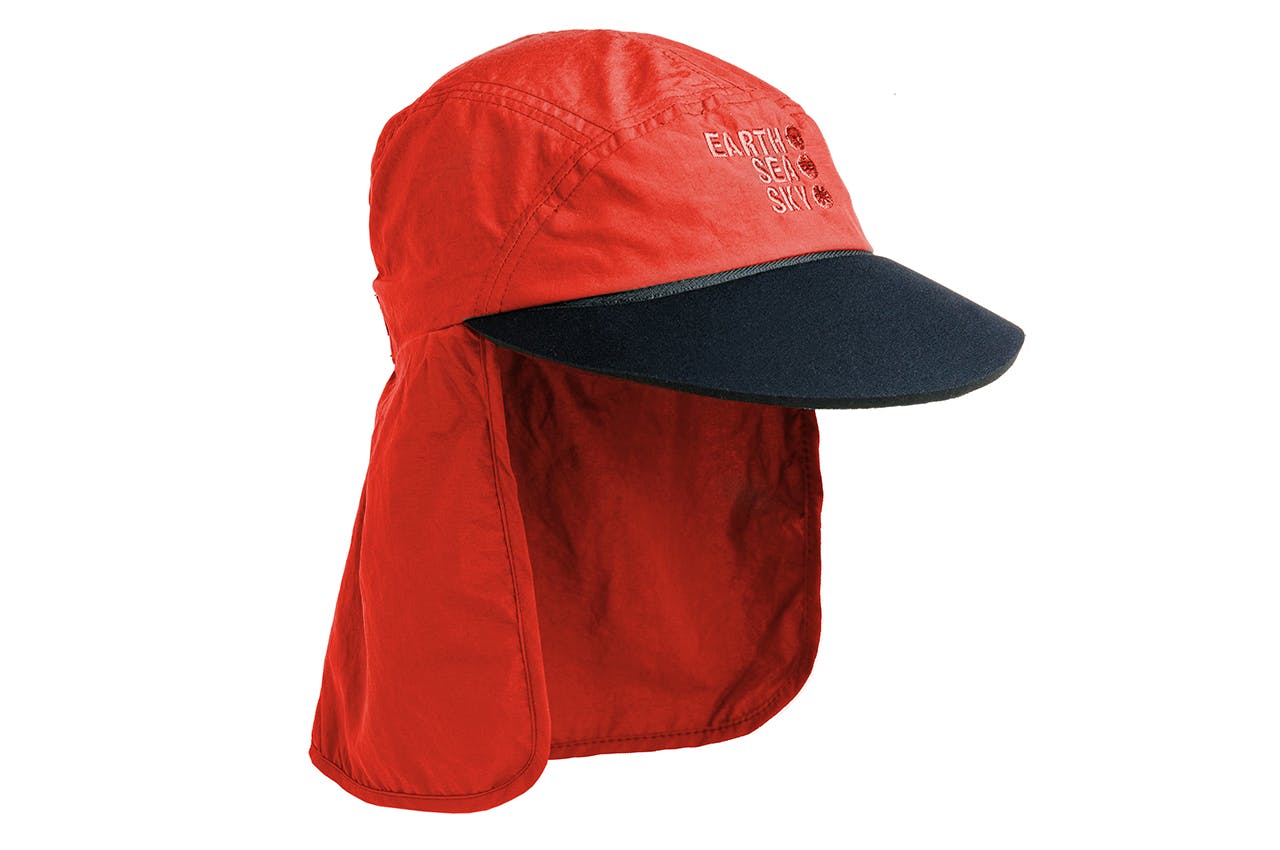
Earth Sea Sky Legionnaires Cap $69.90-$89.90, 80g
Favoured by: Ross Bidemad, Outdoor Samoa
“My Legionnaires Cap is one of my most versatile pieces of equipment. The flap at the back is sufficiently tailored to stay in place and protect my neck while the neoprene peak allows it to be stuffed into a pocket, but immediately pop back into shape when I need it. I’ve used it kayaking in Antarctica, Fiordland and Samoa, canoeing in the Amazon, trekking in Nepal and tramping throughout New Zealand. It’s even had some use whilst skiing and sailing. I own numerous packs and different types of footwear for different trips, but only one sunhat – for all adventures.”
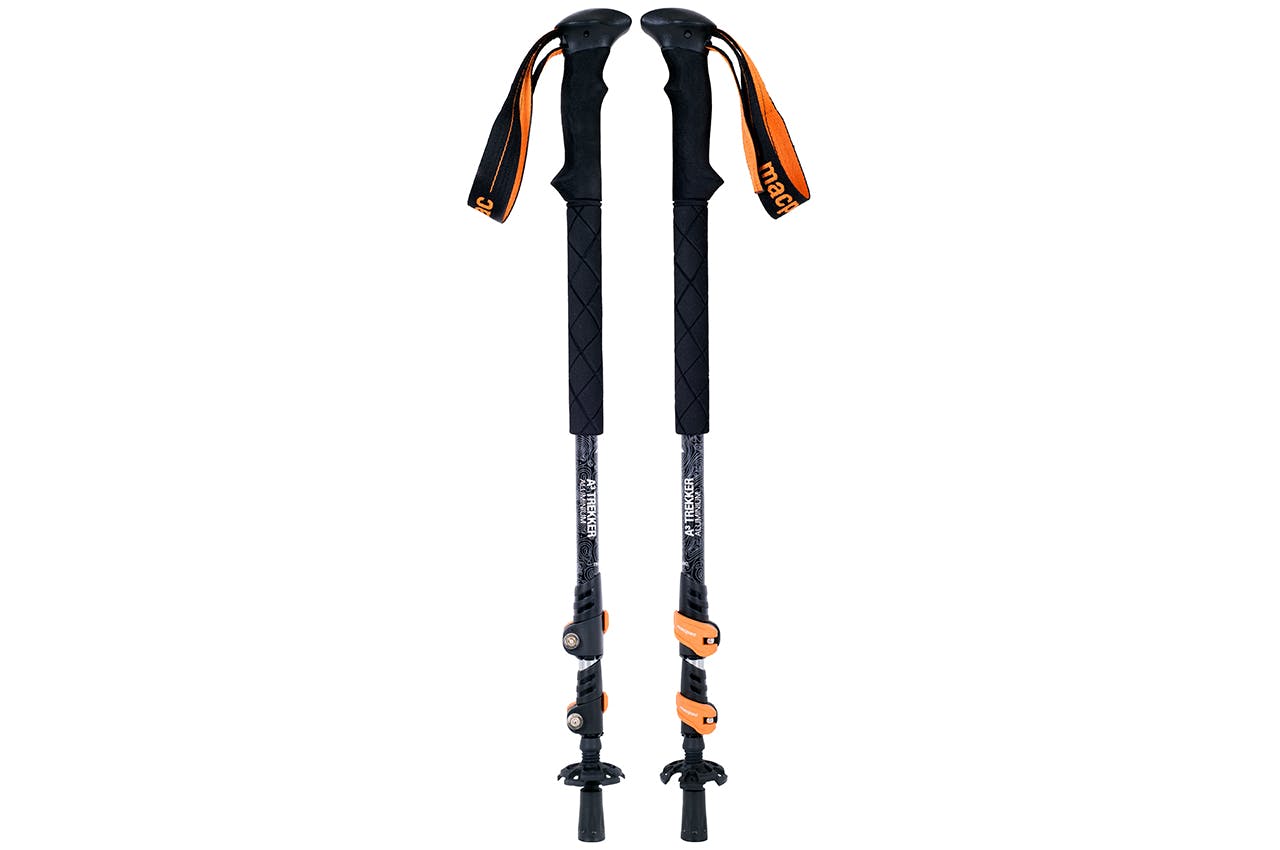
Macpac A3 Trekking Poles $99.99, 600g/pair
Favoured by: Julian Sietses, Walking Legends
“I find the use of these two walking poles helps with comfort and stability on loose terrain with a big heavy pack on. They help take the pressure off my knees, ankles and hips during long days.
“I also see them being part of my first aid kit – I can pull them apart and use them as a splint for potential broken bones or use them as spare tent poles.”

Antihistamine tablets $15
Favoured by: Frankie Sanders, Aspiring Guides
“Whilst we all know the scourge of sandflies and bringing insect repellant, many of us forget that those evil little creatures will still get through clothing and find the minutest patch of unprotected skin and have a feast. The resulting itch will keep you awake all night. Sleep is your best way to recover after a long day in the hills, and that itch night after night will drive you mad. A simple antihistamine tablet will fix that.”
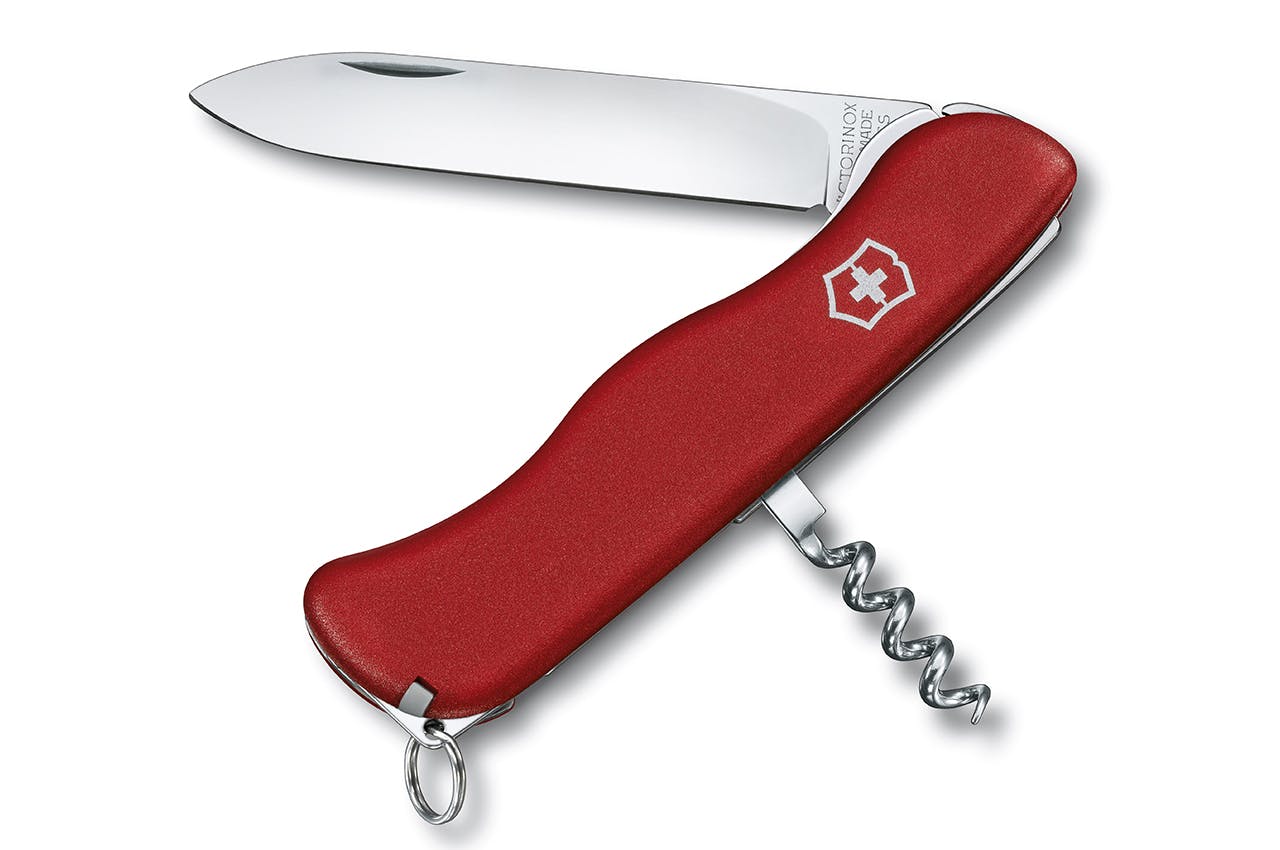
Victorinox Alpineer Swiss Army Knife $59.99, 74g
Favoured by: Andrea Livingston, Wildside Travel
“The Victorinox Alpineer only has five functions so it’s exceptionally light and slim. Its best feature is the 7.6cm straight blade which has an easy-to-use locking mechanism. With a 10cm grip, curved for comfort, and 7.6cm blade that will open a bun in two cuts and is a precision salami, cheese, tomato and cucumber slicer, I’ve found it to be the perfect blade at a picnic or afternoon snack at the top of a climb and have many times been the envy of friends.
“It’s come in handy on multiple occasions, including whittling a replacement emergency tent peg and precision cutting an emergency blanket to share with a friend.”
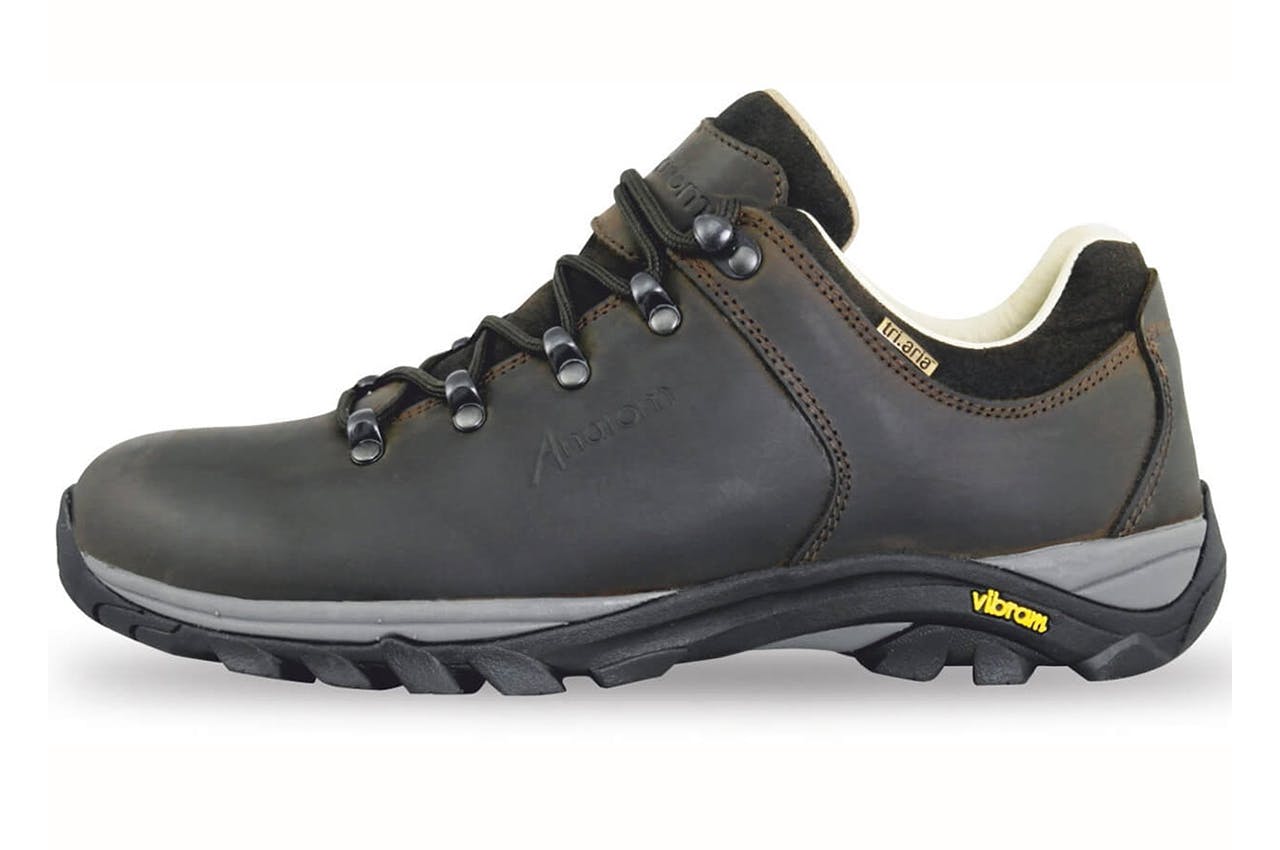
Anatom Q1 Braemer $269.99, 810g
Favoured by: Brad Taylor, Walking Legends
“I’ve had these shoes for the best part of two years, using them almost every day while guiding clients all over the North Island. From the harsh volcanic rock of Tongariro National Park to the beech-leaf padded trails of Waikaremoana, these shoes have handled it all. They fit perfectly, are lightweight yet sturdy and use good quality materials – they’re still as good as the day I bought them.
“The Vibram sole has great grip and a functional self-cleaning effect. Constructed of only five pieces of high quality leather with a good working membrane, these will be my hiking shoe of choice for some time to come.”
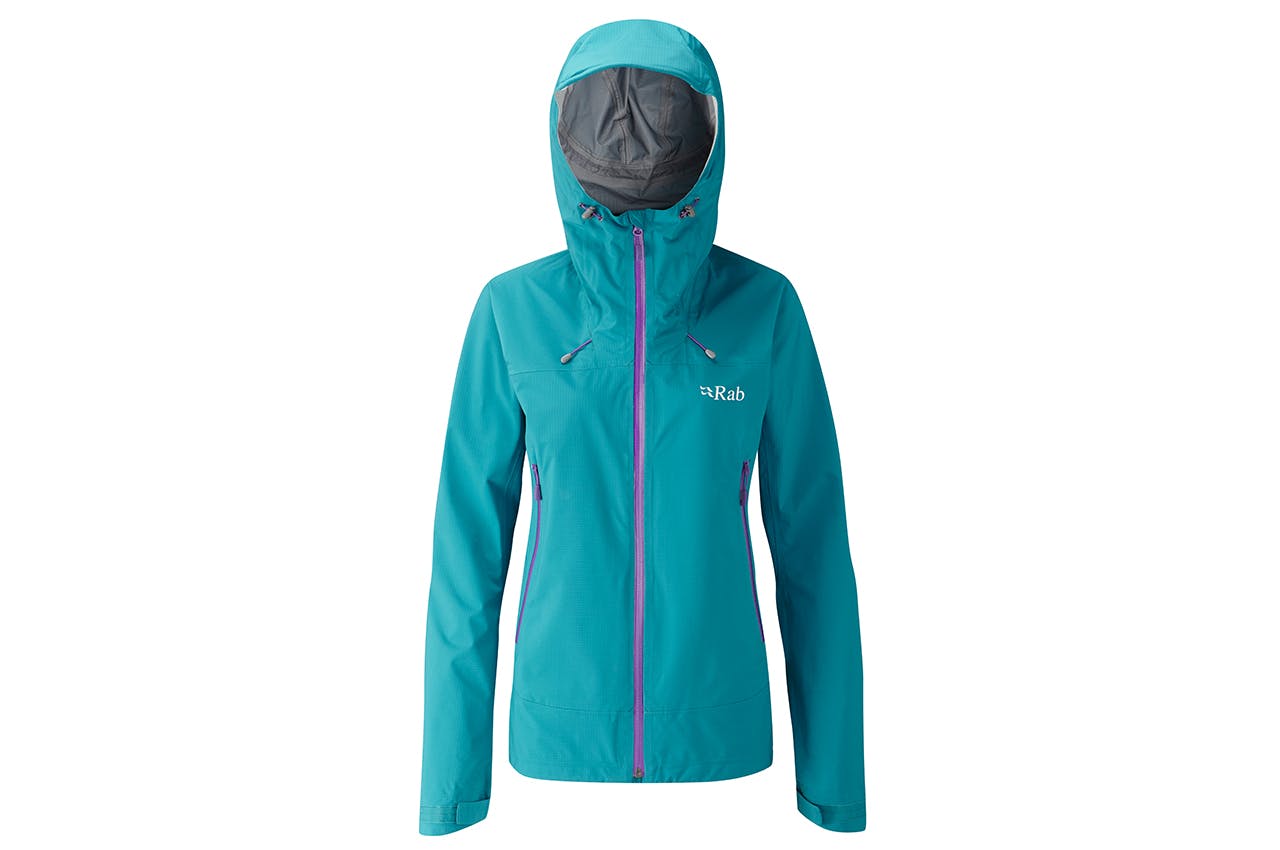
Rab Arc Jacket $399.95, 430g
Favoured by: Pat Gray, Aspiring Guides
“Anyone who’s tramped in New Zealand knows that it’s wet, very wet. That’s why a good waterproof jacket is one of the most essential items for all my trips, whether it’s for a day or a week. Rab’s Arc is a popular lightweight jacket and for good reason – being waterproof, breathable, durable and fashionable it ticks all the right boxes so I’m never tempted to leave home without it. I’ve used it on short day walks to technical alpine routes and its fit, breathability, and waterproofing have always impressed.”
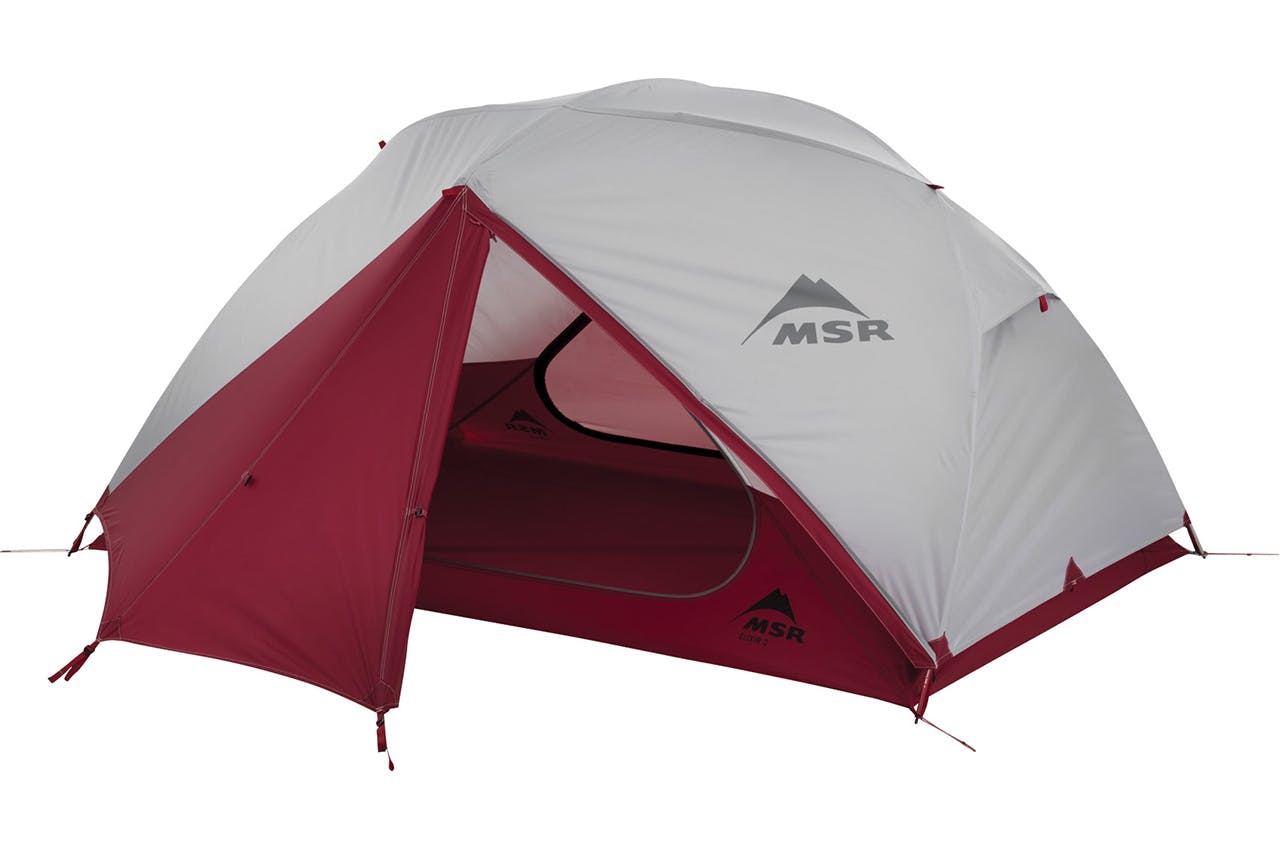
MSR Elixir 2 $599.99, 2770g, 2.69m2
Favoured by: Taichiro Naka, Alpine Guides
“My MSR Elixir 2 has been my all-round tent for a few years now. I have used it for mountain guiding, ski touring, summer rock climbing and family camping trips. It’s a similar size to the lighter MSR Hubba Hubba NX, but more durable. That’s the exact reason I chose this model because I often camp on rocky ground and snow and the 70D nylon floor with an added footprint is much better for my purposes and the frequency with which I use it. It’s much more affordable, too.
“The current version has some good improvements over older models, like a newly designed rainfly that has more space for gear storage and is easier to align during pitching, and even glow-in-the-dark zipper pulls.”
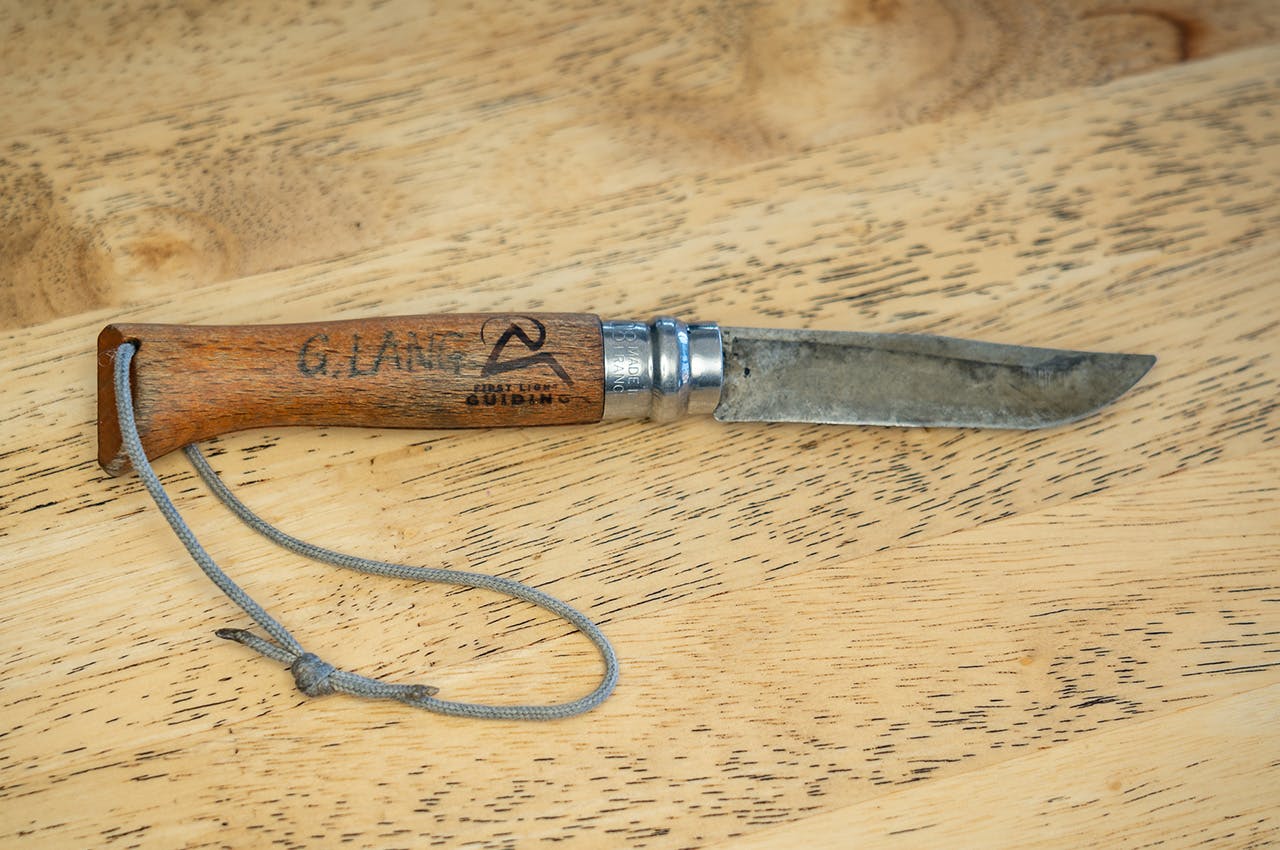
Customised Opinel No.8 Carbone $26.99, 45g
Favoured by: Gavin Lang, First Light Guiding
“I’ve had this for 15 years. The first one I lost, is the last one I lost because it didn’t have my name on it and my climbing buddy borrowed it and then left it behind in the hut. So I engraved my name into the second one and I also put a loop through it so it can hang from my harness where it is readily accessible. I use it to put tahini on my toast, or to cut cheese, and then on the climb itself I’ll use it to cut up accessory cord and to build prusiks to abseil off the mountain. I use it every day.
“I like how a wooden-handled knife can feel so much more alive than a plastic one. Depending on the pressure and even the humidity, the blade will either fly out of the handle or be quite stiff. It’s a screwdriver, it’s a nail clipper, it’s a condiments spreader – it’s everything.”
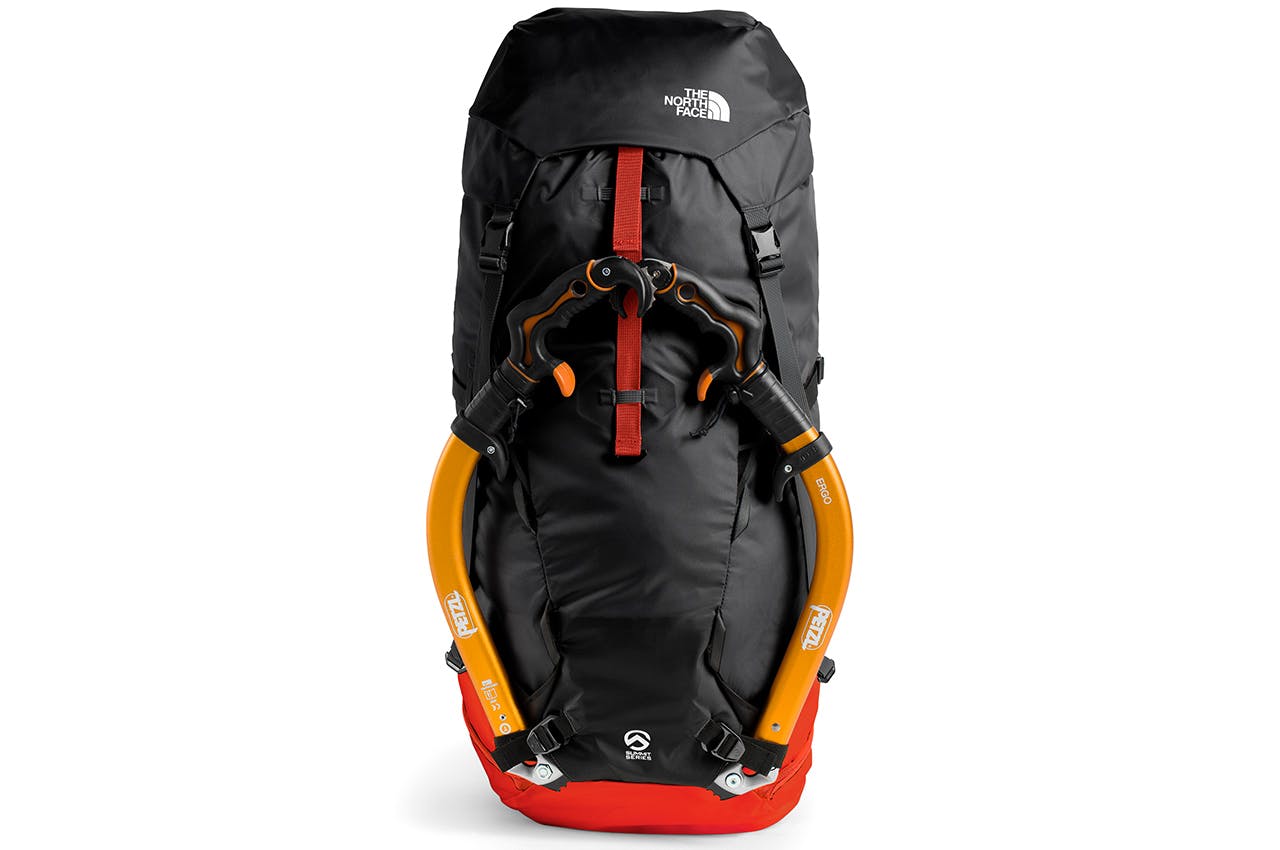
The North Face Phantom 50 $400.00, 1077g
Favoured by: Guy Cotter, Adventure Consultants
“At 50-litres, the main compartment is nicely tapered at the base to avoid weight being centred too low, although a bulky sleeping bag will not fit well in the bottom of this pack. The pack-lid has sizable zip pockets, crucial to separating those small items we may need to access immediately from those we can afford the time to unclip the front lid straps to get to.
“This winter, I made use of the side cargo straps to schlepp my skis 1000m downhill after a ski tour (there was a high snow line this year). I was able to slide my skis through the lower strap and was stoked the designers had put a clip-buckle on the top strap.
“The most impressive feature of this little pack is how comfortable it is to carry heavy loads. The configuration of the moulded back-panel conforms well to the back and spreads the load evenly. Additionally, the low-profile shoulder straps and hip-belt support the load well, making for the most comfortable carrying-system I have ever enjoyed in an alpine backpack.”






